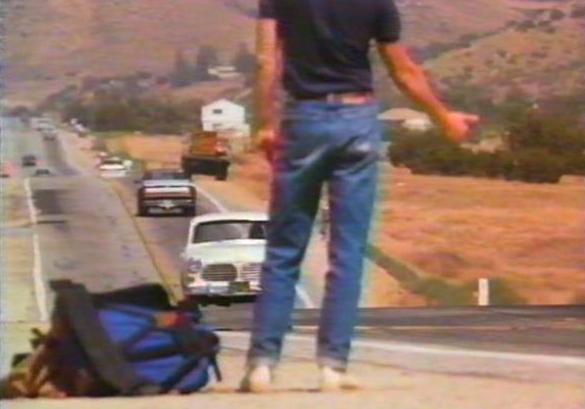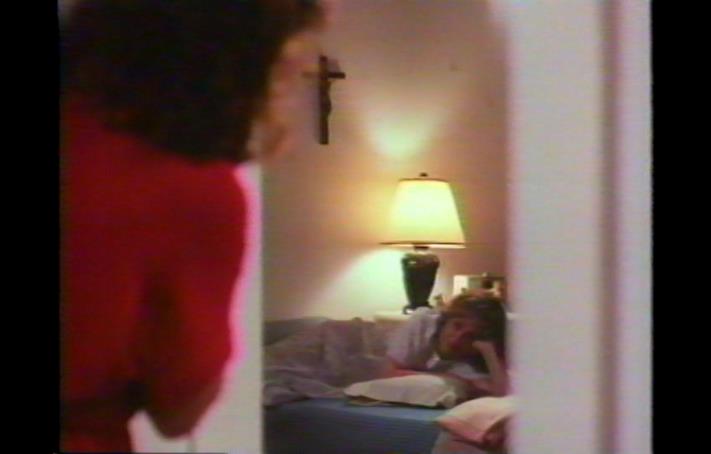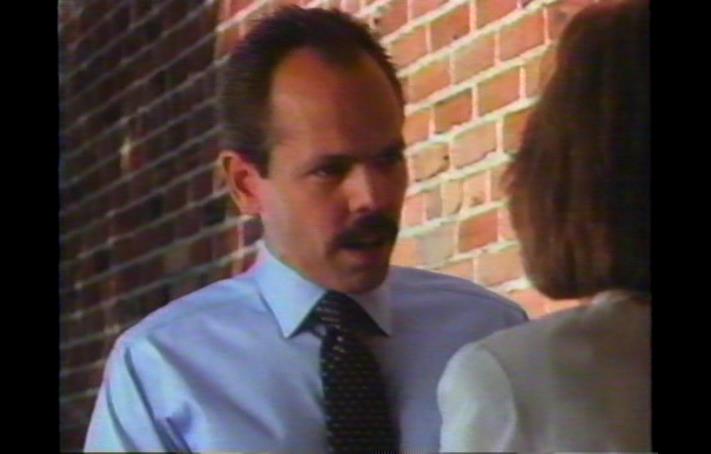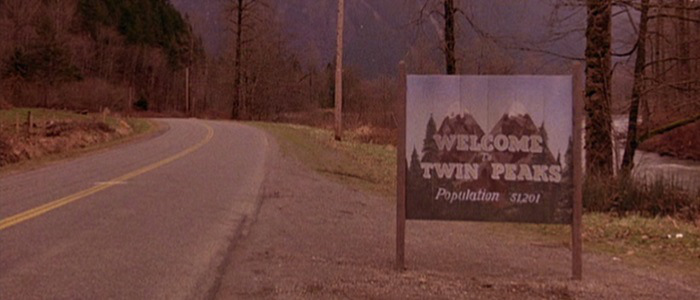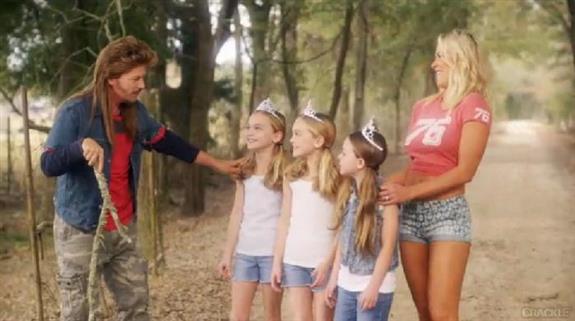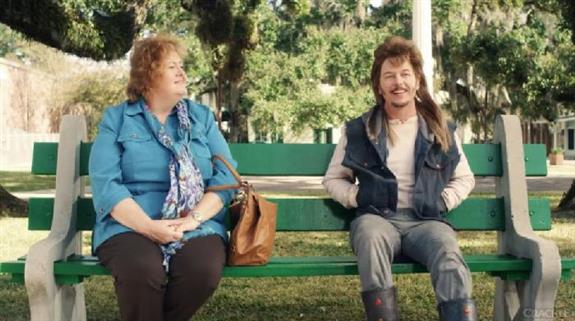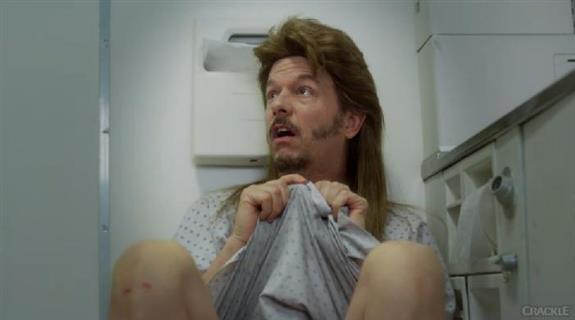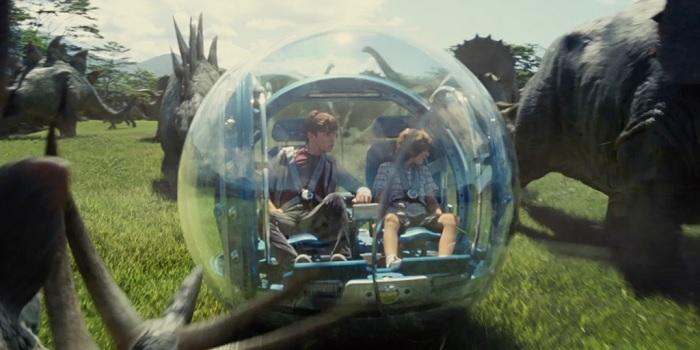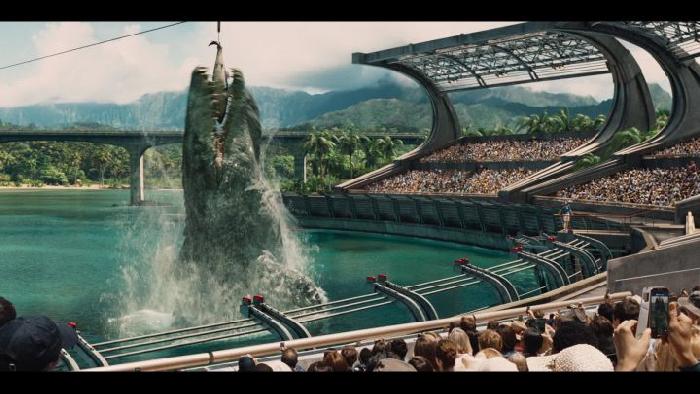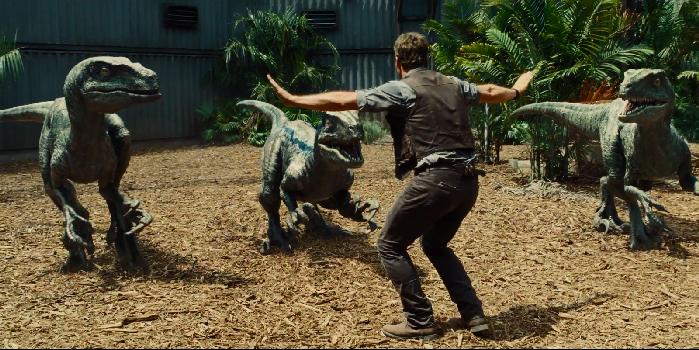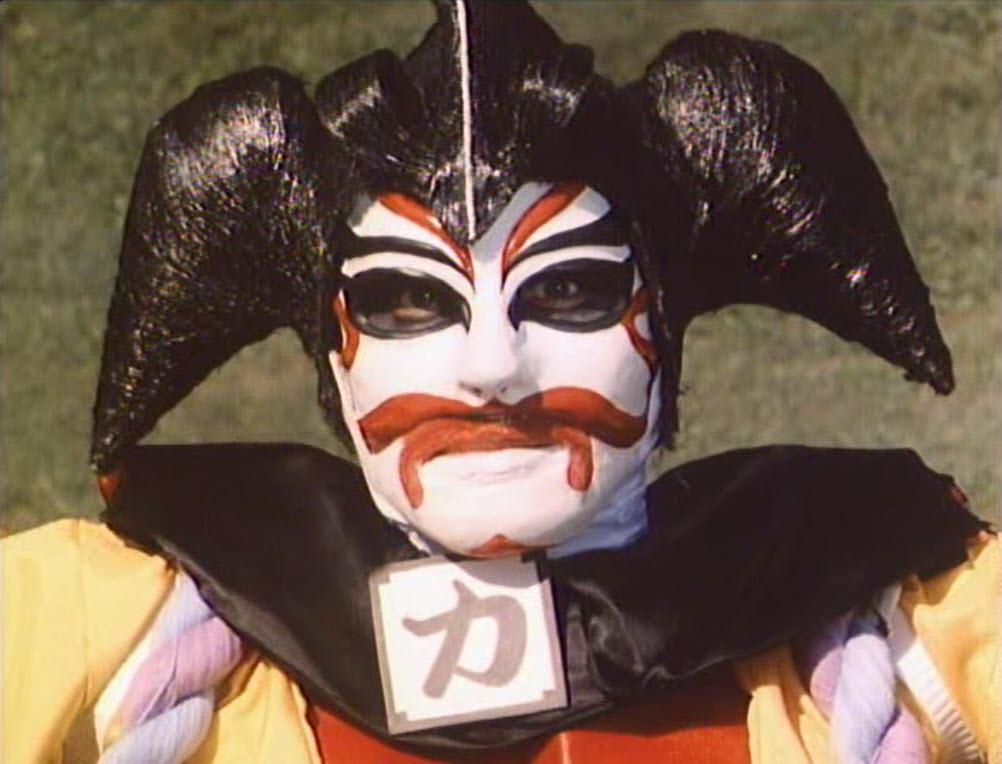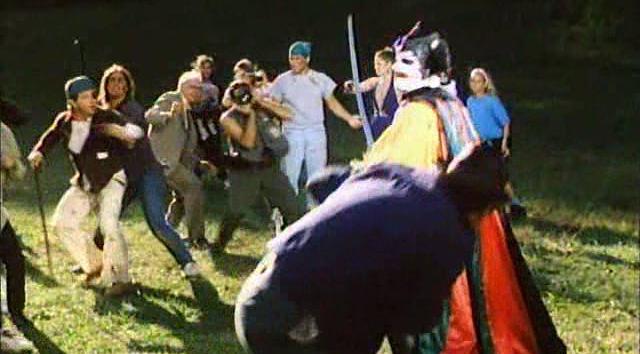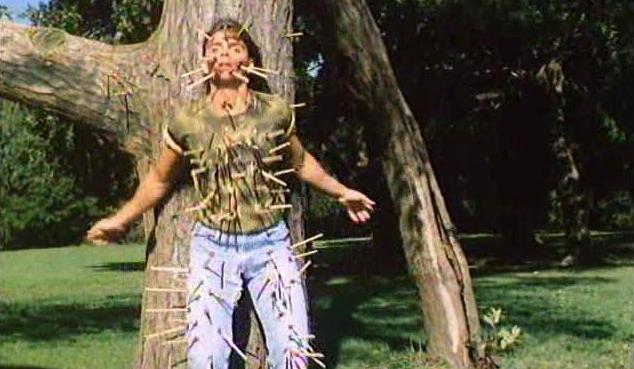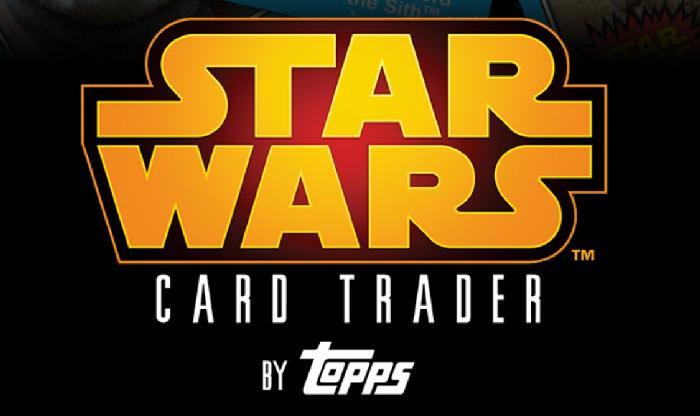
If there’s one thing Topps knows, it’s trading cards. Topps began packaging baseball cards in with their gum back in the early 1950s, and the rest is history. Along with baseball and football cards, Topps has also had success with pop-culture related cards, including Star Wars. Topps launched their line of Star Wars cards in 1977, igniting a “collect ’em all” mentality that’s been going strong ever since.
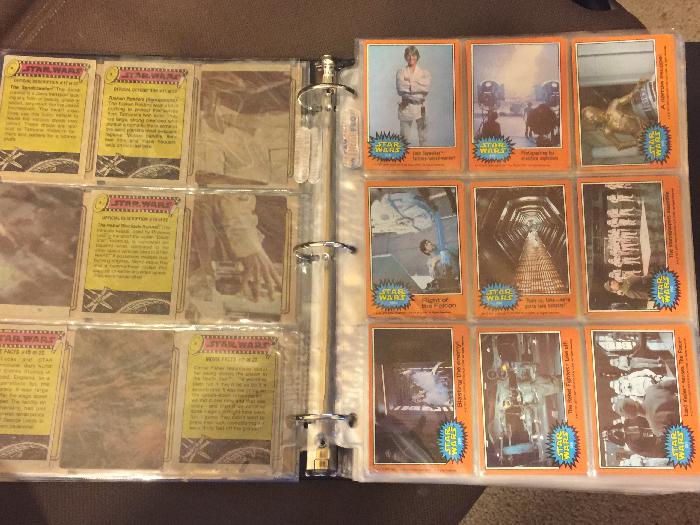
These are my original Star Wars cards that I acquired throughout the 1970s and 80s. I say “acquired” rather than “collected” because I don’t remember specifically setting out to collect them all. Instead I picked up cards when and where I could — a few cards here from the convenient store, a few cards there from a friend at school.
Along with collecting and reading those cards, I also traded them. Every kid who ever collected cards kept track one way or another of the cards he needed and the cards he had duplicates of. Sometimes you would get lucky and plug a hole in your collection by opening a new pack of cards and finding a missing treasure, but more often than not those missing cards would be acquired on the school bus or on the playground, trading one card for another. Back then we had no concept of a card’s financial value; the “valuable” one were the ones you were missing and the “worthless” ones were cards you had two or three of.
Recently I became excited when I heard that Topps was releasing new cards for the new Star Wars movie and re-releasing cards for classic characters, but I felt the wind rush out of my sails when I learned that these cards would only by digital. Pictures of cards? Who wants to pay real money for and collect picture of trading cards?
I decided to give it a go anyway, and so what follows is my trepidatious review of Topps’ new Star Wars: Card Trader application for Apple iOS devices.
/////
OVERVIEW
Star Wars Card Trader is an application that allows you to collect, buy, and trade digital Star Wars cards. Digital Star Stars cards are essentially pictures of Star Wars characters. Like real cards, each card contains information on the backside (the cards can be flipped over and read).
Each day, users receive 25,000 free credits. Credits (as those who are familiar with the Star Wars universe) are the common form of currency (except for Watto). The packs I’ve seen for sale range from 1,000 credits to 30,000 credits. Additional credits can be purchased with real money. The lowest amount you can purchase is 3,000 credits for $0.99; on the other end of the scale, $99.99 will land you 900,000 credits. Free credits can also be earned in the app by performing certain tasks (more on that later). You can collect a lot of cards with those free daily 25,000 credits, but if you want or need more, there are multiple ways to get them.
The app has five icons across the bottom of the screen, so discussing those seems to be the most logical way to explain all the functions of the app.
/////
TRANSMISSIONS
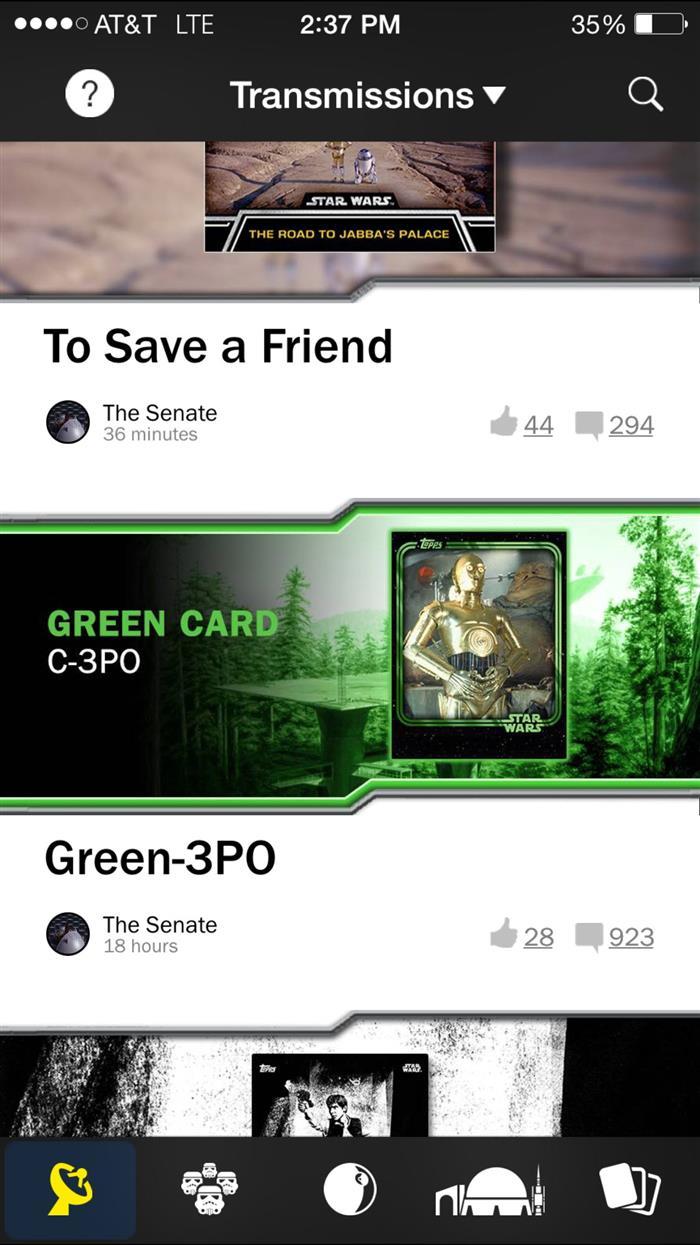
The first icon (a small satellite) reveals your Transmissions. This is where you will find new announcements from Topps. The announcements are mostly about new cards, new series, and new virtual collectibles. I just opened the app and there have been six new announcements today alone. Users can receive these announcements through e-mail or push notifications from the app as many of the offers are time sensitive, but if you (like me) already have enough beeps and buzzes coming at you throughout the day, you can opt out and simply check them manually — however, limiting yourself to manual updates assures you will miss time-sensitive offers.
There are lots of references to card colors I’ve never seen before. Right now if you pull a green Sy Snootles card, you get a free orange pack! (I’ve never seen a green card or an orange card.)
/////
FAN FEED
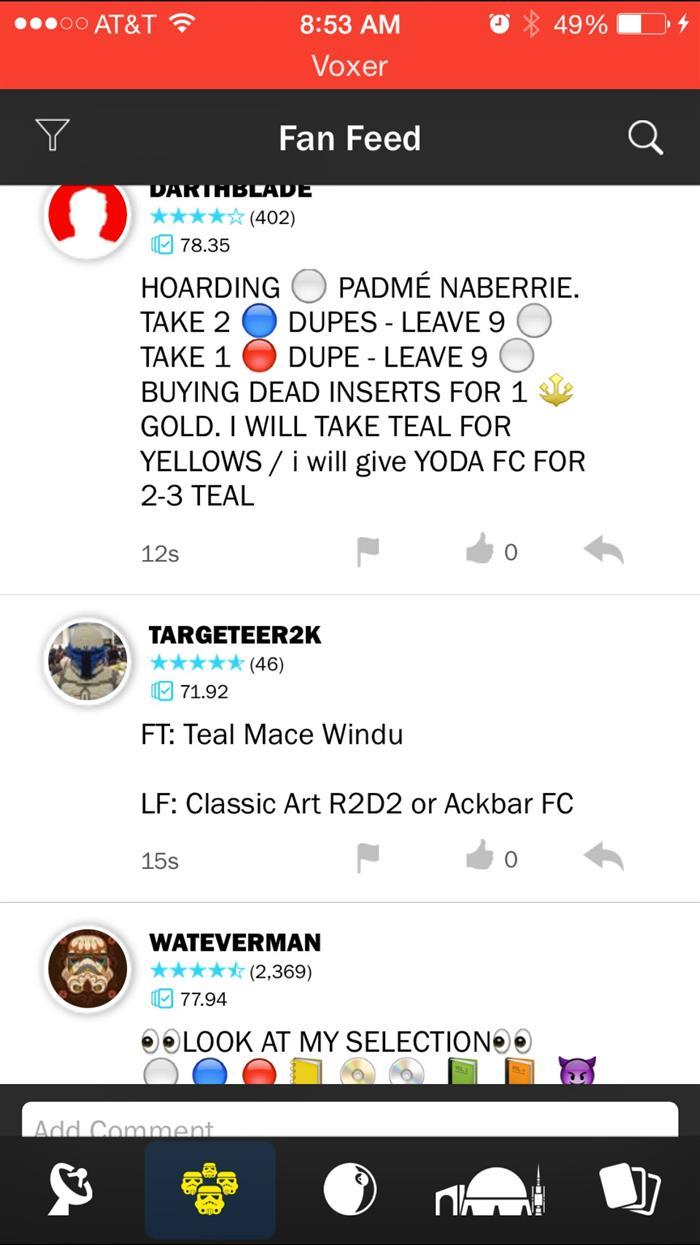
The second icon from the left consists of four stormtrooper helmets. I didn’t know what this icon did for the first week because every time I pressed it the app simply crashed. The app has since been updated and I now know that this is the Fan Feed section.
In this area, people set up potential trades by listing what cards they are looking for and what cards they are willing to trade. It’s an attempt to keep conversation “in house,” but as you can see with all the emoticons and caps it’s already starting to look like MySpace.
/////
HOME
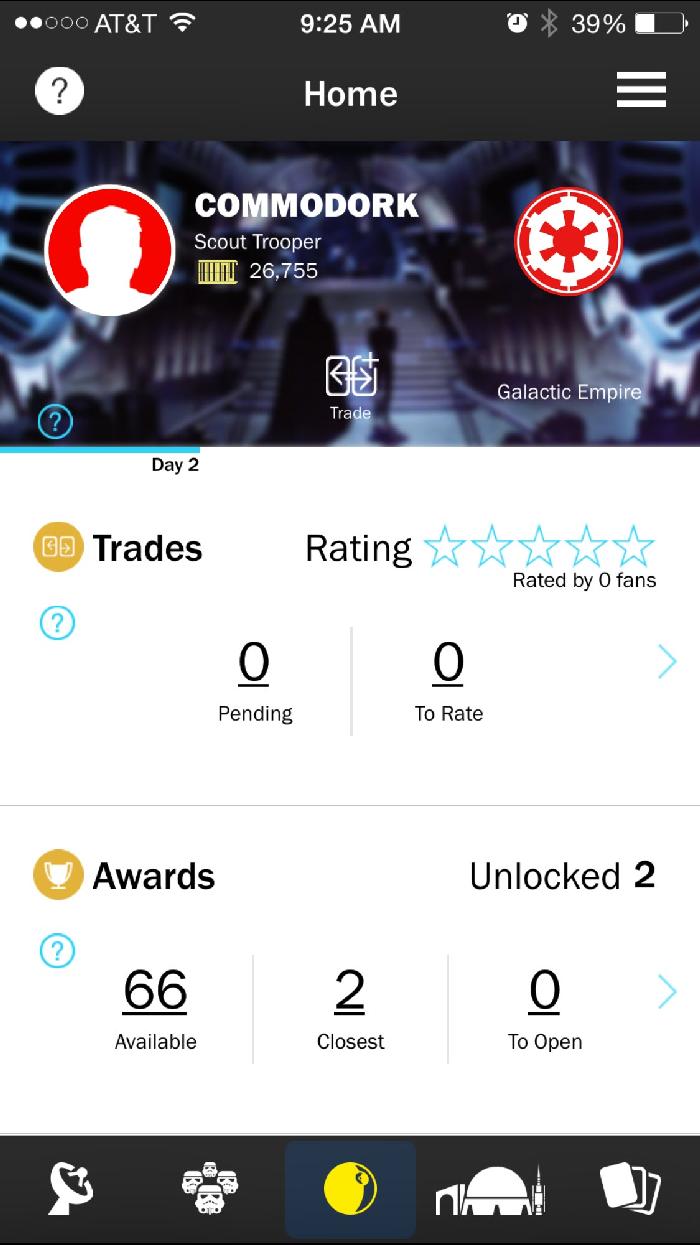
The Deathstar icon leads to your Home screen. Here you will find all your personal statistics including the status of your trades, any awards you have received or things you have unlocked. You can also see how many cards you have, what percentage of all the cards you have collected, and so on.
/////
CANTINA
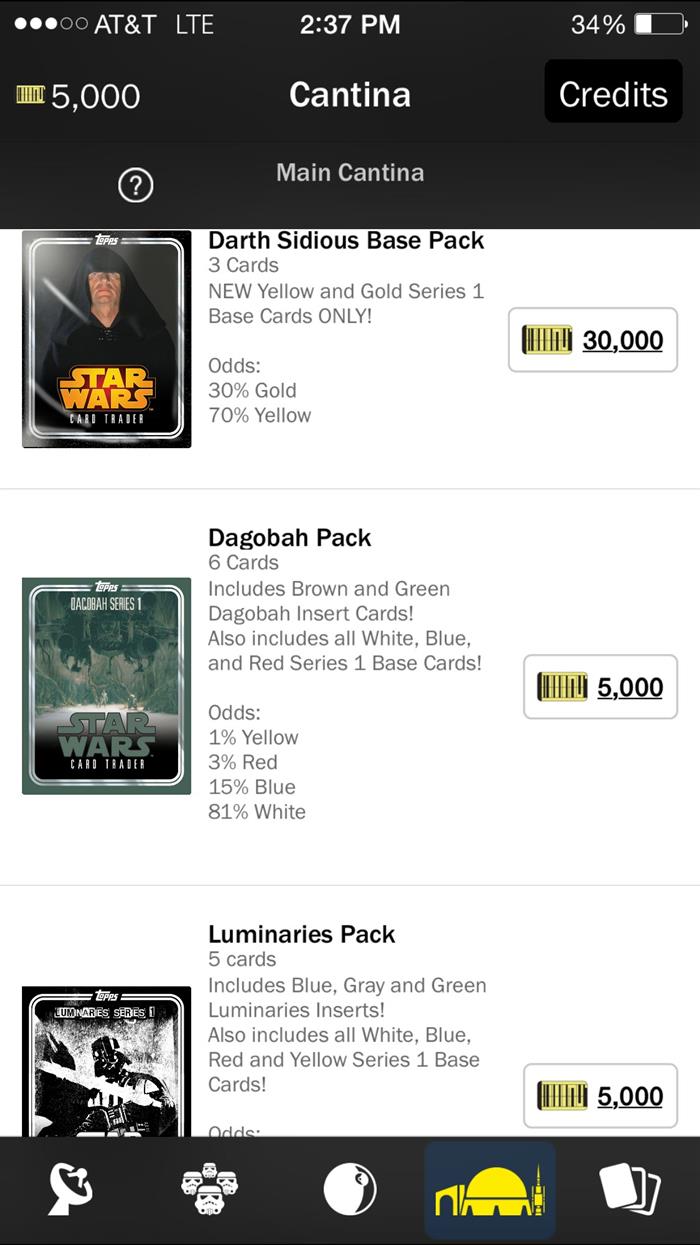
The Cantina is where you buy card packs and can earn free credits. Let’s talk about the cards first.
Card packs (that I’ve seen) range from 30,000 credits to 1,000 credits. The pack values reflect both the number of cards in the pack, and what types of cards are included.
The base card collections are the white and blue series, which describes the border color around the card. The Mace Windu Base Pack (the cheapest pack available) costs 1,000 credits and contains three cards. The odds are listed as 10% blue and 90% white. The Asajj Ventress Base Pack is essentially the same pack times three, but with red cards included as well. The odds in this pack are 86% white cards, 13% blue, and 1% red, and you get 9 cards for 3,000 credits. As you can already see, “rarity” is built in to the app from the very beginning, with white cards as the most common, followed by blue, followed by red, followed by a lot more.
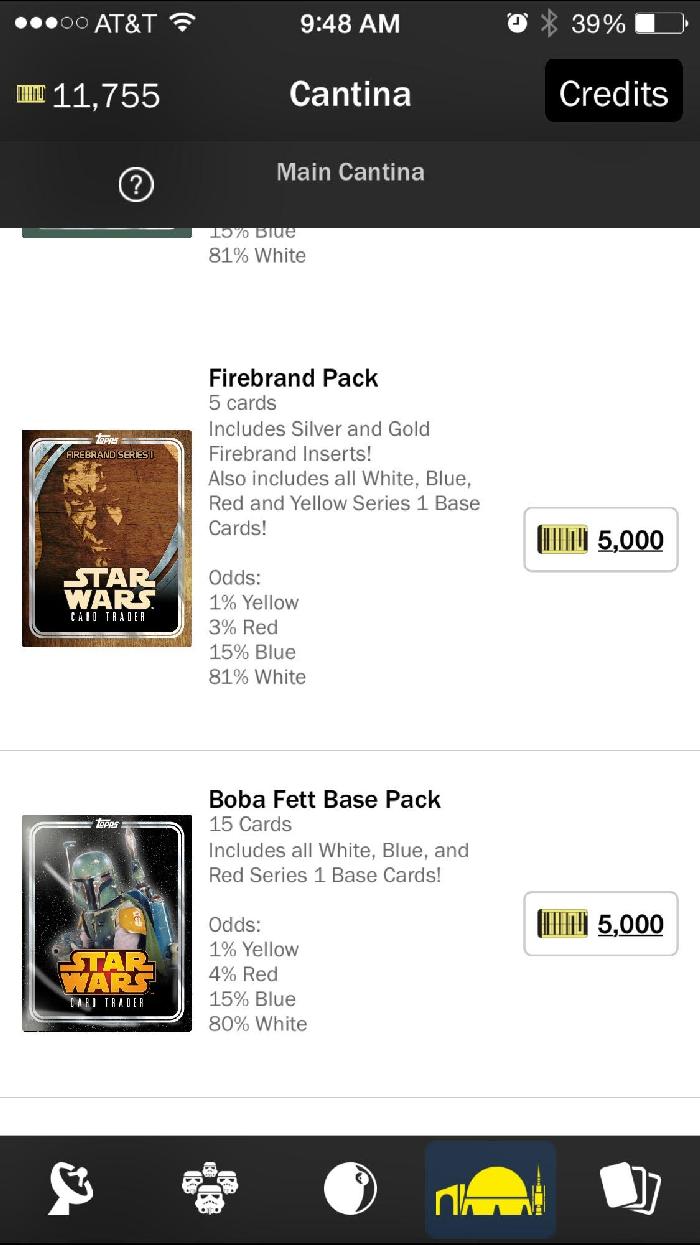
Here you can see two packs priced the same at 5,000 credits but with different cards inside. The Firebrand Pack only contains 5 cards, but also includes yellow cards, while the Boba Fett Base Pack includes 15 cards. Note that the Boba Fett pack does not say “includes all yellow series 1 base cards,” and that your odds of getting yellow and red cards increase with the Firebrand Pack that only includes five cards. THINGS ARE GETTING SERIOUS.
Again I’d like to point out that so far, all of the series I’ve mentioned contain the same people on the same cards. “Rarity” here is all based on the color of the border drawn around the card’s picture. I’m a huge Star Wars collector and I will be the first to admit that Star Wars collectors are idiots.
After purchasing a pack you’ll be presented by a quick animation of a pack opening followed by the cards you just received. You can flip through the cards and see the fronts and backs of each one. I just bought the Firebrand pack and would really like to get a Boba Fett card, so here goes!
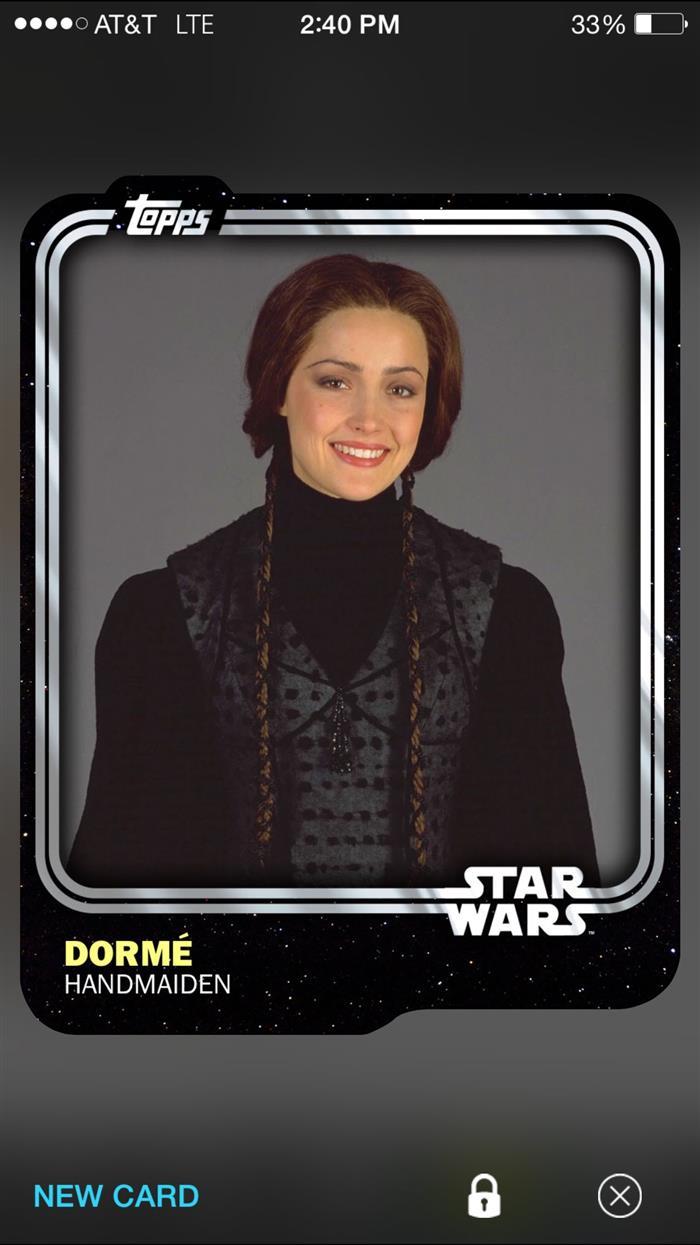
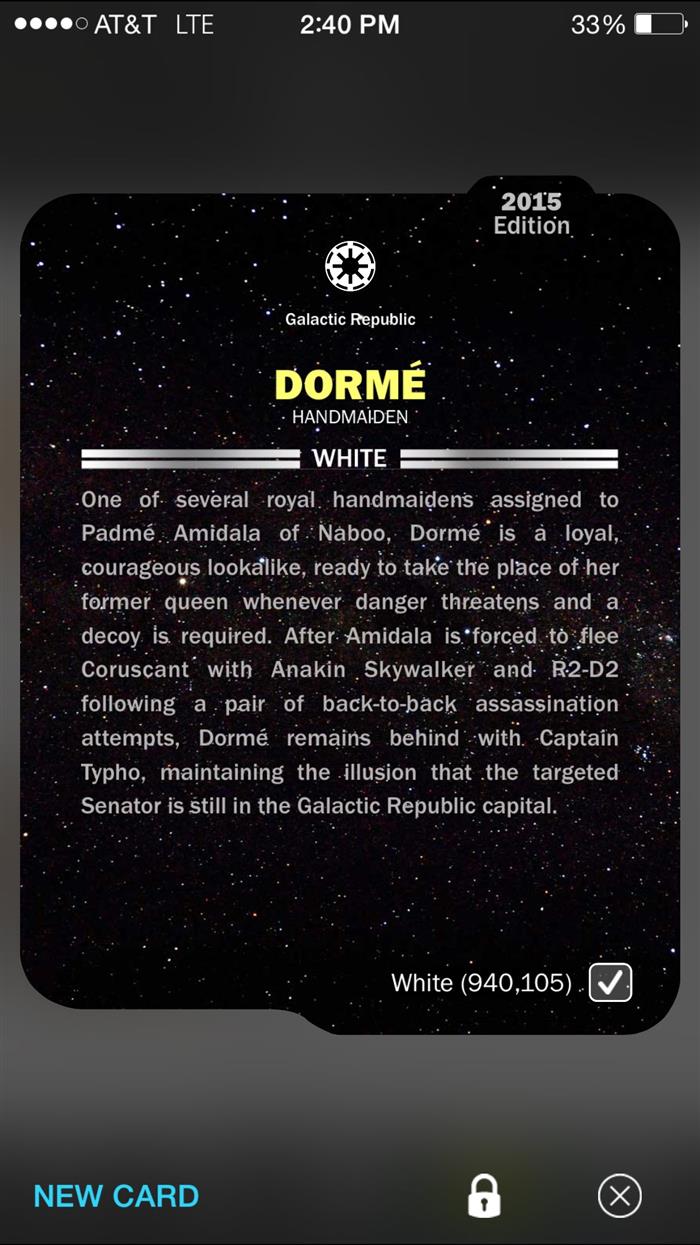
Nope. Instead I got “Dorme,” one of Queen Amidala’s hand maidens. I also got Garindan, Captain Tarpals, Shaak Ti, and Hobbie Klivian. Unless you have a Star Wars tattoo I’ll bet you $20 you don’t know who Hobbie Klivian is.
Just when I thought this pack was going to be a bust, I got my first official red card!!! Hooray!!!
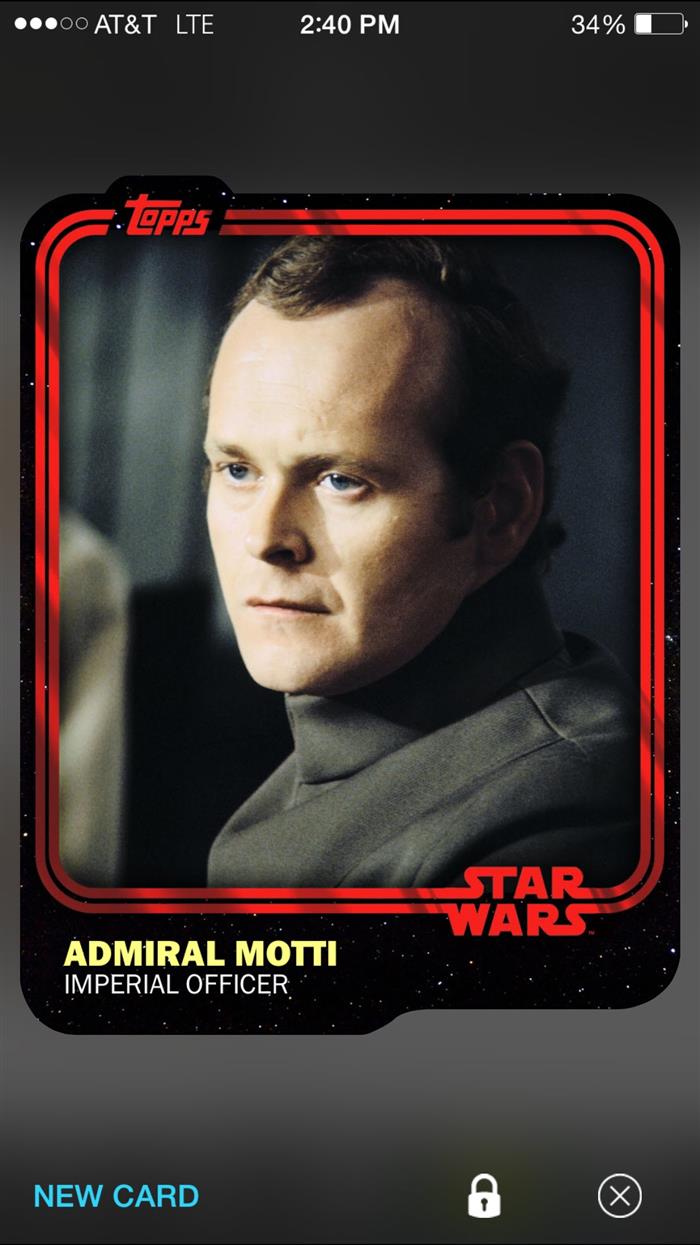

At least it’s somebody who had a speaking role in the original Star Wars I suppose. Also note the number at the bottom of the backside of the card. There are only 117,505 digital pictures available of the red version of Admiral Motti, and I’ve got one!
You can also earn additional free credits by performing tasks in the Cantina. Here are just a few I saw available.

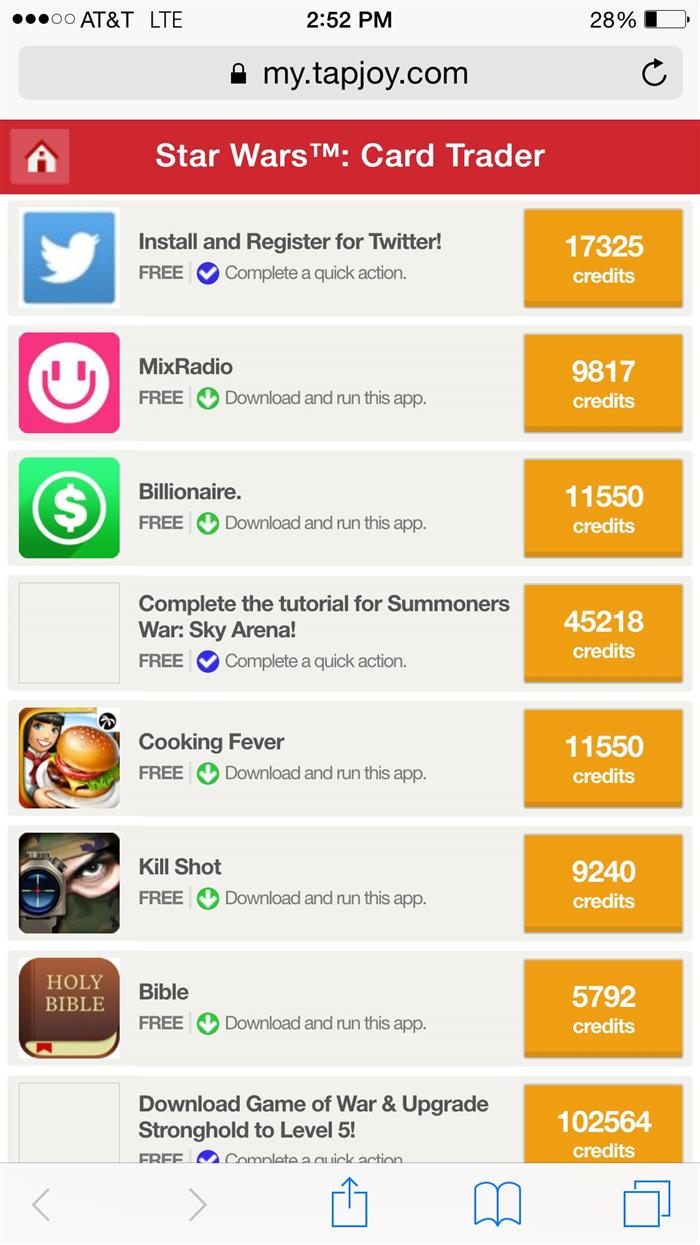
Watching a 15-second video commercial will net you roughly 150 free credits, while a 30-second clip can get you up to 300. Most video clips can only be watched once per day. If you’re willing to download and install a random game app, you can earn anywhere from 5,000 to 10,000 credits. I earned 11,550 for downloading the free game “Cooking Fever!” You can earn big credits if you’re willing to sign up for real life services. Call for a free life insurance quote and you can earn 103,083 credits. Sign up for a free 7-day trial of Videostripe to receive 138,600 free credits. Join Disney’s Movie Club and you’ll earn 375,375 credits. Disney ain’t playin’ around.
There’s also a second button that simply says “Watch To Earn” that will serve you a 30 second commercial and reward you with approximately 300 free credits, give or take. I just watched a commercial for Summoners War for 322 credits, one for Retail Me Not coupons for 194 credits, Road Riot for 259 credits, and Empires & Allies for 307 credits. Each ad ends with a link asking you to download the advertised program from the app store. After earning 1,080 credits for watching 2 minutes worth of videos, I headed back to the Cantina and bought the Mace Windu base pack for 1,000 credits and got the following cards:
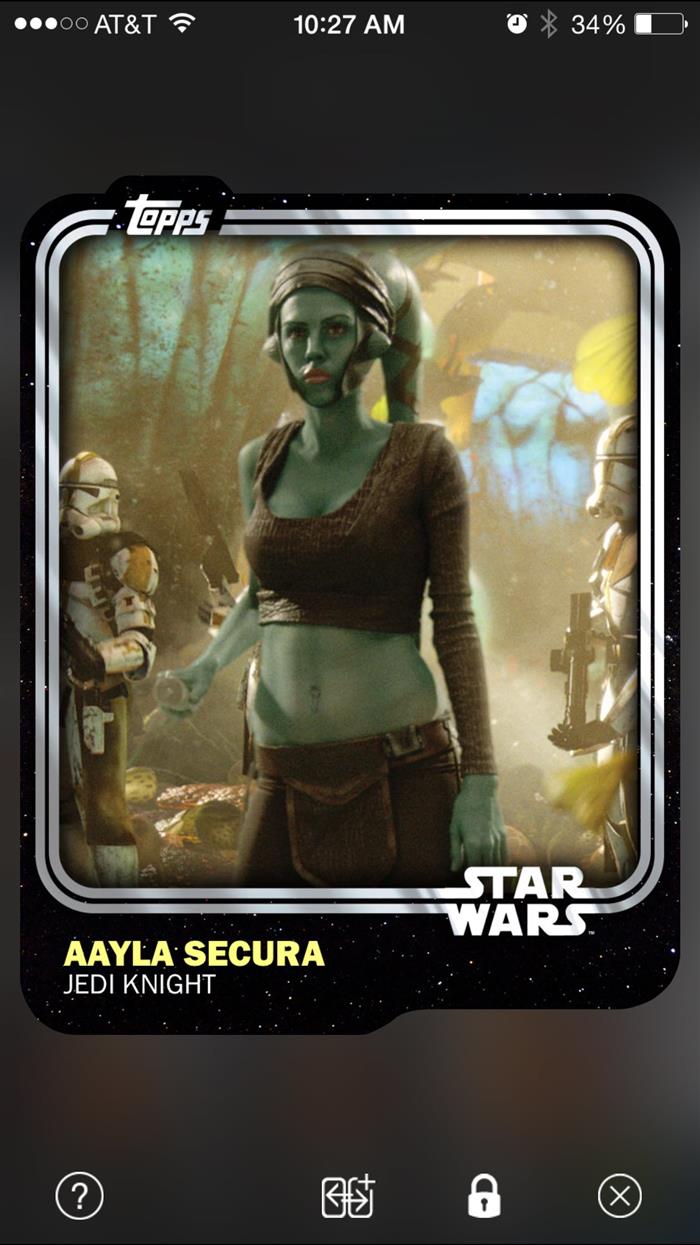
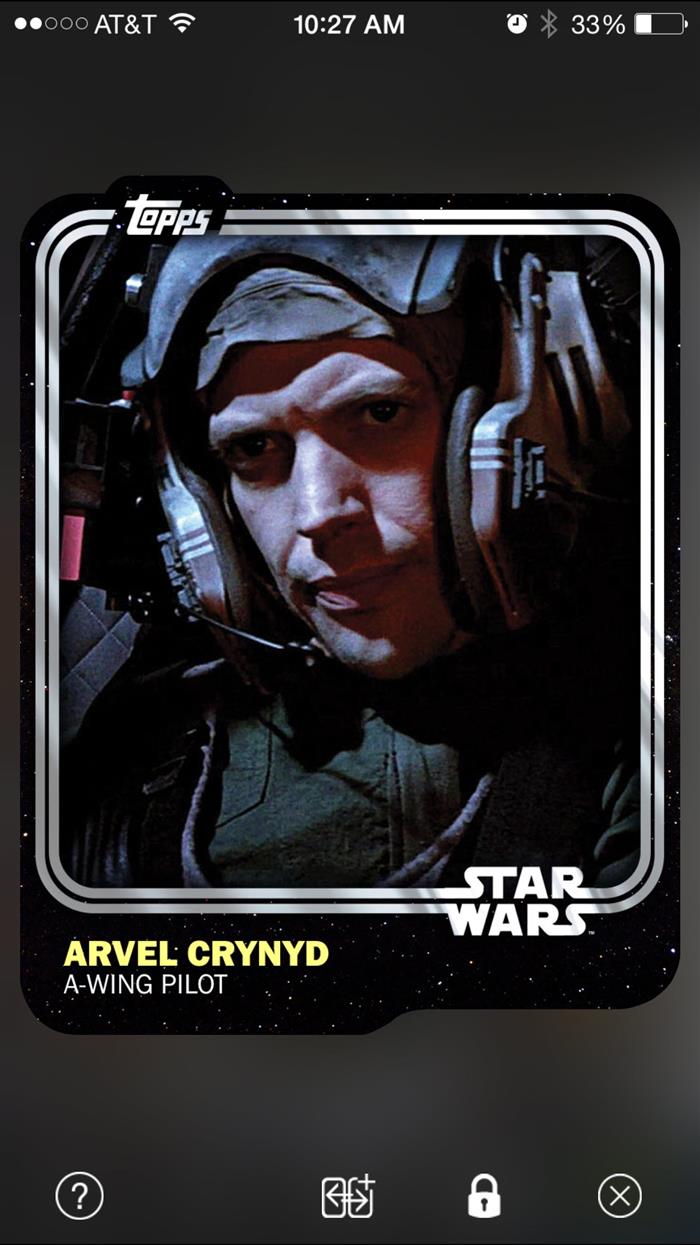
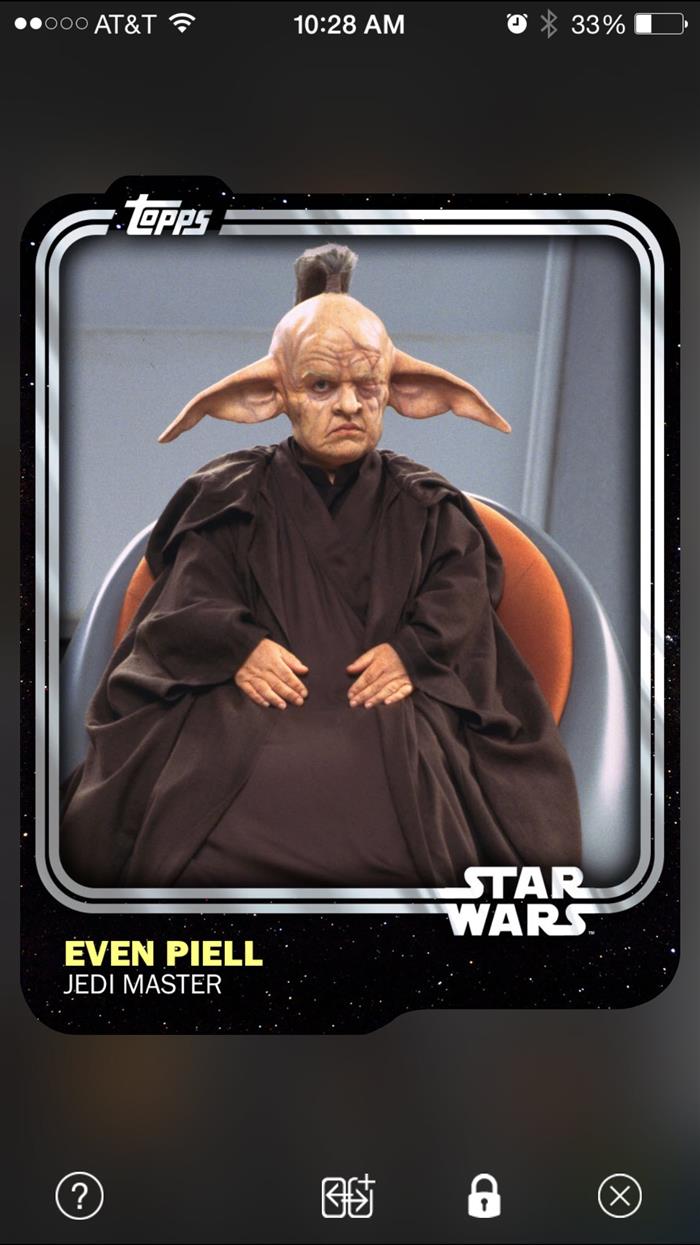
Worth it? Only you can decide.
/////
MY CARDS

The fifth and final icon (a stack of cards) leads you to My Cards, where you can view, sort (kind of). and trade your cards. The default sorting method for your collection is by Faction, which sorts your cards by affiliation. So far I have cards with the Galactic Empire, the Galactic Republic, Independent, Rebel Alliance, and Separatists. Many characters appear in multiple categories (I have R2-D2 and C-3P0 cards in both the Galactic Republic and the Rebel Alliance, for example).
In the picture above you can see that I have three Moff Jerjerrod cards (in white, blue, and red) and three Aayla Secura cards (in white, blue, and yellow). The “2” displayed on Bail Organa’s card lets me know I have two copies of that card. It doesn’t take long, especially when buying the more common packs, for the duplicates to add up. I’ve been using the app for a week and I already have six Emperor Palpatines and five Sy Snootles. And since I am only using the free daily allotted credits and already have this many duplicates, who exactly would I trade them with? Someone who has only been using the app for… three days?
In this view you can touch each card to enlarge it to full screen. While viewing the card in full screen, tapping it will flip the card around so you can read the back. When viewing thumbnails, if you touch and hold an icon and swipe left or right it will give you the basic information. Sy’s card reads “White / Sy Snootles / Max Rebo Band Singer”.
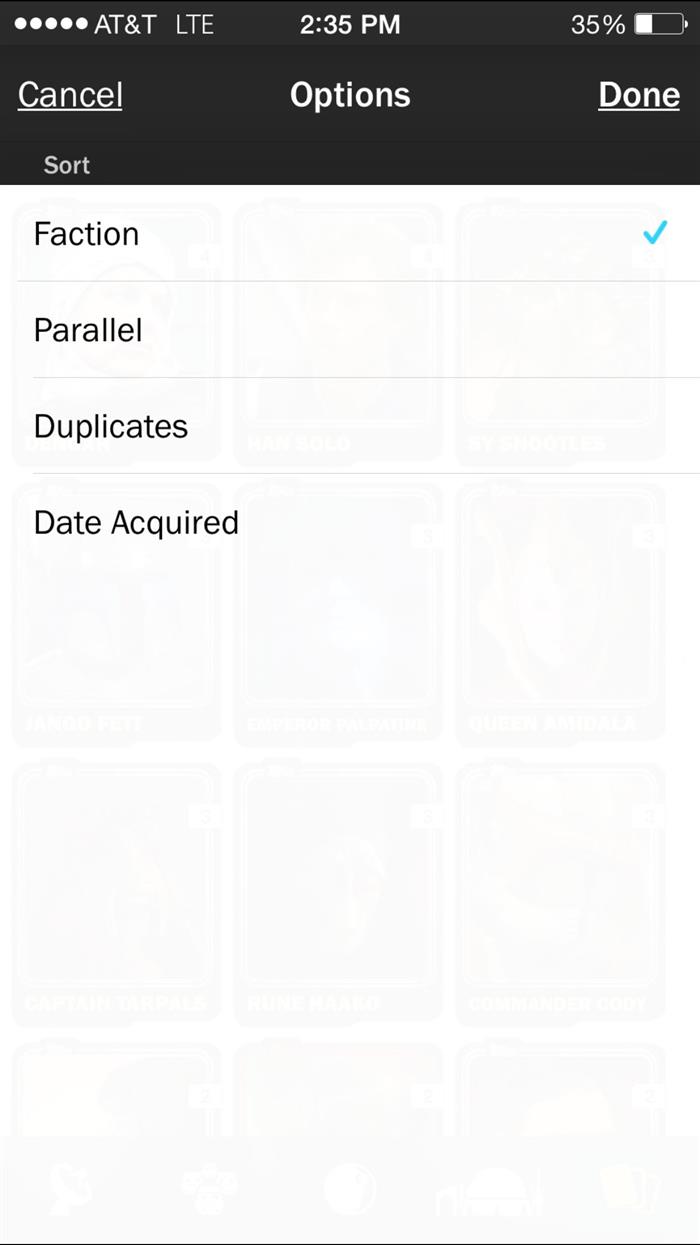
There are four sort orders to choose from. Along the default “Faction,” there’s “Parallel” which sorts your cards by color, “Duplicates” which sorts them by the number of each card you own, and “Date Acquired.” I think what the app is missing is a way to simply drop and drag the cards around in any order you want. That’s how I used to sort my physical cards, and not being able to move things around is another reminder that at the end of the day you are simply looking at pictures inside someone else’s app.
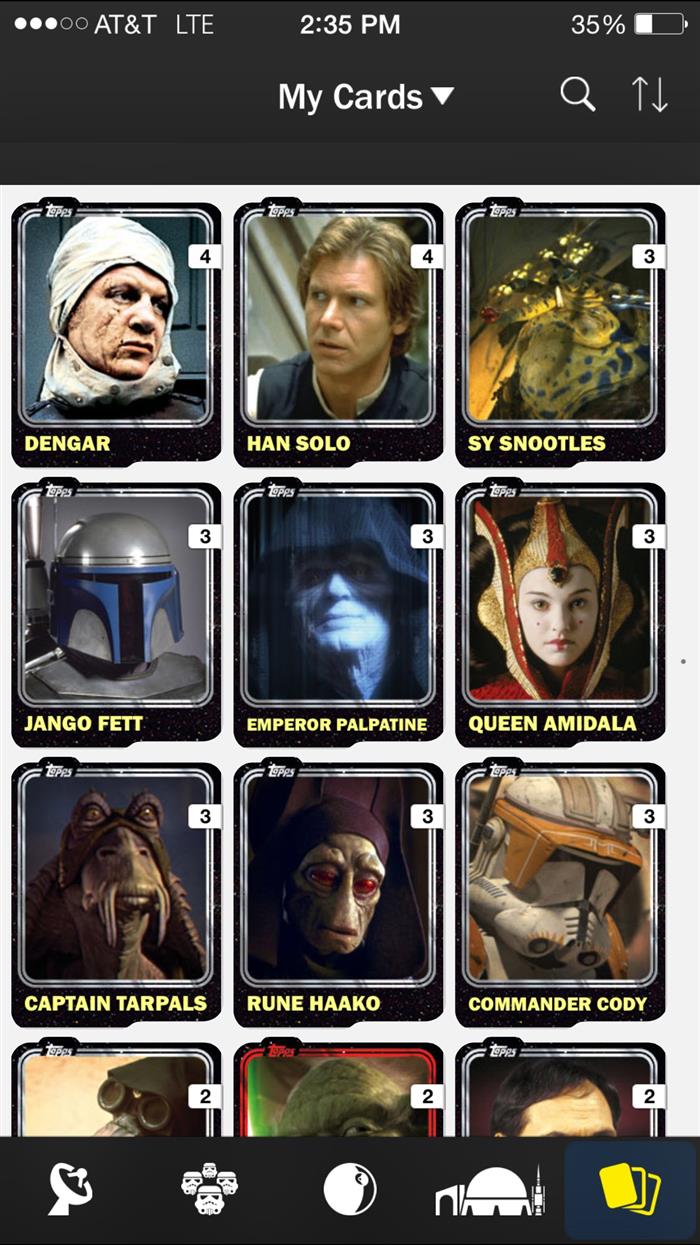
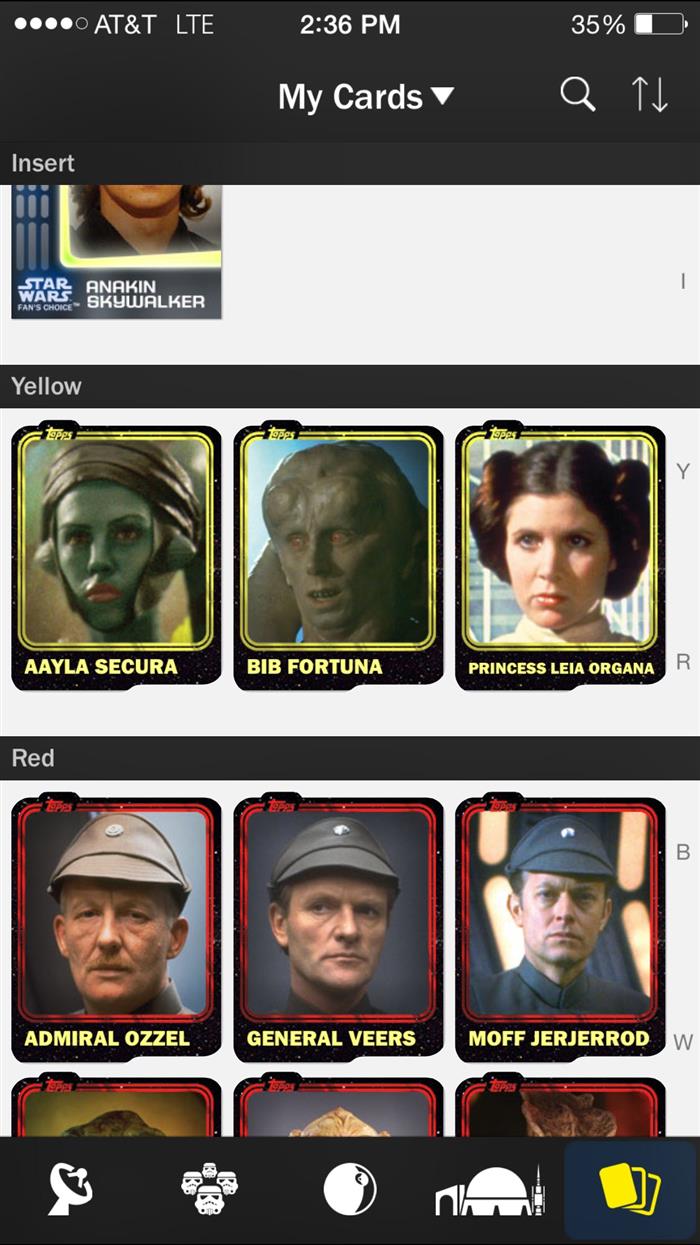
My collection sorted by Duplicates and by Parallel (color)
At the bottom of each card are a few additional icons. One is a padlock that allows you to “lock” a card so that people won’t ask you to trade it. In the past seven days no one has asked me to trade for any of my cards, so to date this has not been a problem for me. You have the ability to lock up to 25 of your cards. You can also attempt to initiate a swap here. Pressing that icon allows you to “Trade Away” or “Get Another.” I tried trading off some of those duplicate Sy Snootles cards to unsuspecting Younglings, but so far no dice.
What I really wish is that you could do more automated trading. I’d love to just say, “I will trade my Sy Snootles cards for any cards I don’t have” and then let the app take care of that for me. The trading process is much to hands-on for casual users.
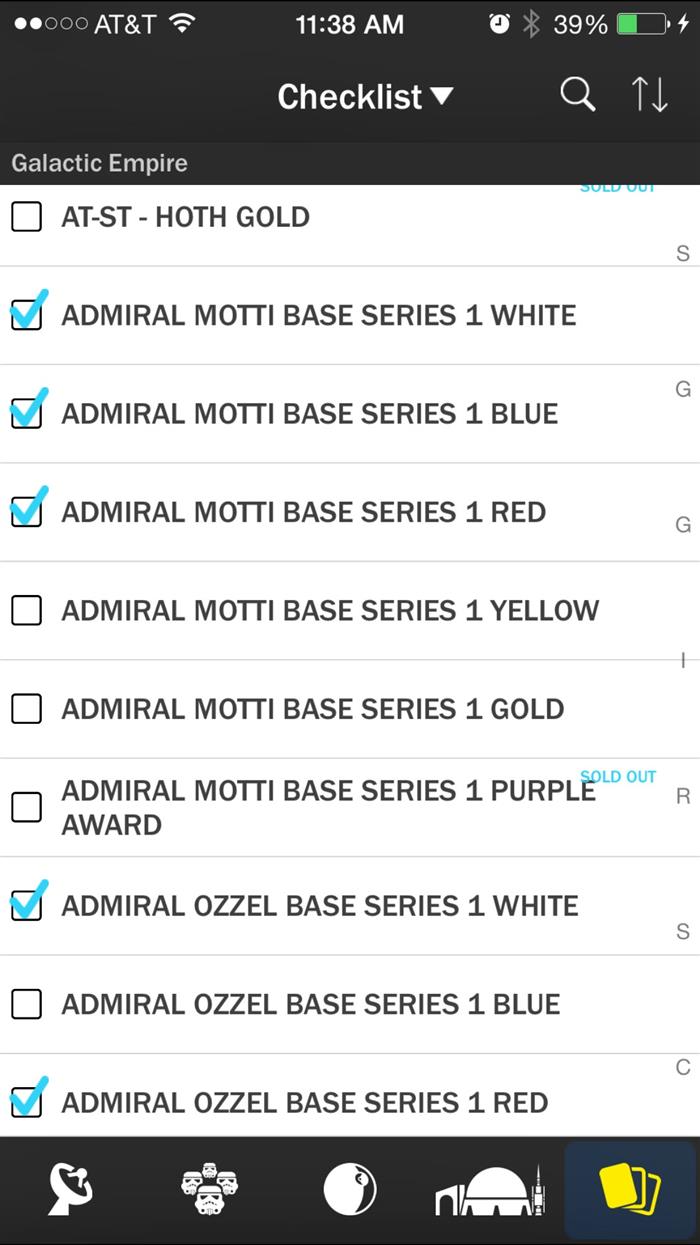
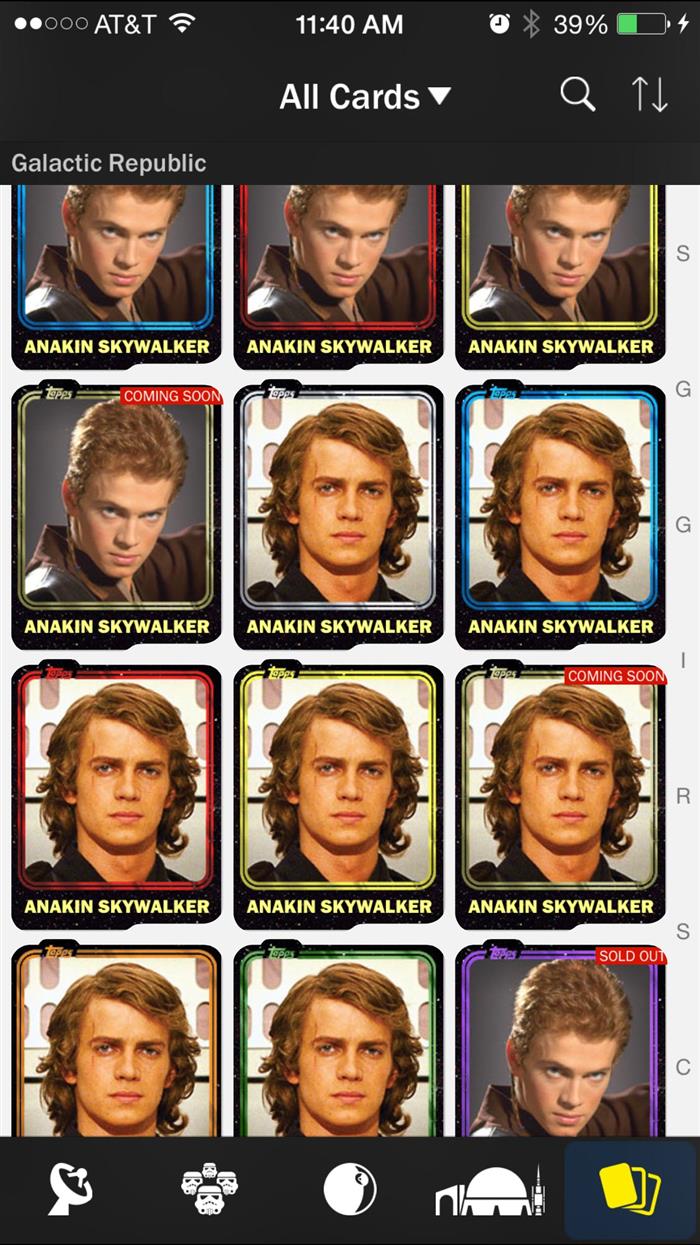
Along with viewing your own cards, you can also view a checklist of all cards listed by name, and also view all cards. While I like the idea of a checklist, it’s a bit depressing to see just how many cards are available and how many I don’t have. This is multiplied when viewing All Cards. Personally I don’t think you should be able to see the cards you don’t own… I mean, that kind of ruins the entire experience! And it doesn’t take long to see just how many free credits you would have to burn though to collect them all. I don’t even have an Anakin card yet. Time to watch some more commercials and earn some more free credits!
/////
SUMMARY
I’ve been collecting video games essentially my whole life, but somewhere around the time things went to digital downloads, I stopped caring. I don’t own a PS4 or an Xbox One for that very reason. I don’t like paying real money for digital and virtual things that I don’t really own. I don’t like the concept that a company halfway across the globe could go bankrupt and flip a switch that would cause me to lose access to games I’ve paid money for.
With that in mind, Star Wars: Card Trader has two things going against it (for me). The first is, you’re not collecting cards. You’re collecting digital pictures of cards. I’ll never ever ever pay real money to collect digital pictures. And the second strike is that these digital pictures of cards are locked into this app. I had lots of apps on my iPhone 3 that didn’t run on my iPhone 4, lots of apps that worked on my 4 that didn’t work on my 5, and so on. This app works great on my iPhone 6, but will it work on the 7? The 8? What happens when the day comes that this app is no longer profitable and Topps turns off the back end servers? Will I still have access to my Hobbie Klivian card when that happens?
Two other disappointments for me. One, my favorite old trading cards were the “behind the scenes” cards that showed the making of special effects in the films. There’s nothing like that here. And the other thing is, there are so many characters in this app that it’s almost ridiculous. I’ve been playing it for a week now and still don’t have a Boba Fett card! But you know who I do have? San Hill, Garindan, Admiral Motti, Admiral Ozzel, Hobbie Klivian, Moff Jerjerrod, Toryn Farr, Rune Haako, Aayla Secura, Asajj Ventress, Cliegg Lars, Dorme, Jan Dodonna, General Tagge, Mas Amedda, Sly Moore, Tarfful, Adi Gallia, Agen Kolar, Arvel Crynyd, Can Bane, Captain Typho, Chief Bast, Even Piell, General Madine, General Rieekan, Luminara Unduli, Tion Medon, Poggle the Lesser, and literally dozens of other peripheral characters from the Star Wars universe you have never ever heard of. No kid ever opened a pack of Topps Star Wars cards before and exclaimed, “Oh boy! Jocasta Nu!”
I asked my thirteen-year-old son what he thought about the idea of collecting digital collecting cards and he said it sounded like a great idea, so I suspect my disdain of the entire concept has less to do with the concept and more to do with, like Obi-Wan, my outdated ideas. If you’re the type of person who loves visiting garage sales and antique malls in search of old memories of yesteryear you’re going to hate this app. If, like my son, the idea of buying and collecting digital pictures of trading cards appeals to you, you’re going to love it.
And if you’re the type of person who thinks that after seven days of spending free credits you ought to have a Boba Fett card by now, you’re really going to hate it.

I take it back I love it I love it I love it this is the best app ever! Time to go watch more commercials!
PS: The Fan Feed section (the stormtrooper icon) has gone back to crashing the app repeatedly. I’m never going to get rid of all these Sy Snootles cards.
![Article%20Lead%20-%20wide1004612925gm3dg7image.related.articleLeadwide.729x410.gm4cal.png1452724746664.jpg-620x349[1]](https://review-o-matic.com/wp-content/uploads/2016/03/Article20Lead20-20wide1004612925gm3dg7image.related.articleLeadwide.729x410.gm4cal.png1452724746664.jpg-620x3491.jpg)
![720x405-th8-ac-00027_lg[1]](https://review-o-matic.com/wp-content/uploads/2016/03/720x405-th8-ac-00027_lg1.jpg)
![hateful-eight-jennifer-jason-leigh[1]](https://review-o-matic.com/wp-content/uploads/2016/03/hateful-eight-jennifer-jason-leigh1.jpg)
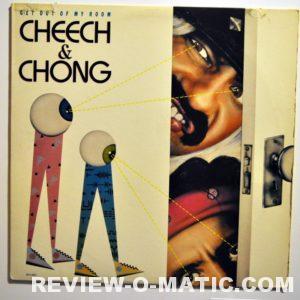 A friend of mine shared Cheech & Chong’s Get Out of My Room with me when I was visiting his house back in 1985. I thought the album was so funny that when I returned home, I told my dad all about “these new comedians you just have to hear!” A few minutes later my father showed me his collection of Cheech & Chong vinyl records, informing me that the comedy duo wasn’t quite as new as I thought they were.
A friend of mine shared Cheech & Chong’s Get Out of My Room with me when I was visiting his house back in 1985. I thought the album was so funny that when I returned home, I told my dad all about “these new comedians you just have to hear!” A few minutes later my father showed me his collection of Cheech & Chong vinyl records, informing me that the comedy duo wasn’t quite as new as I thought they were.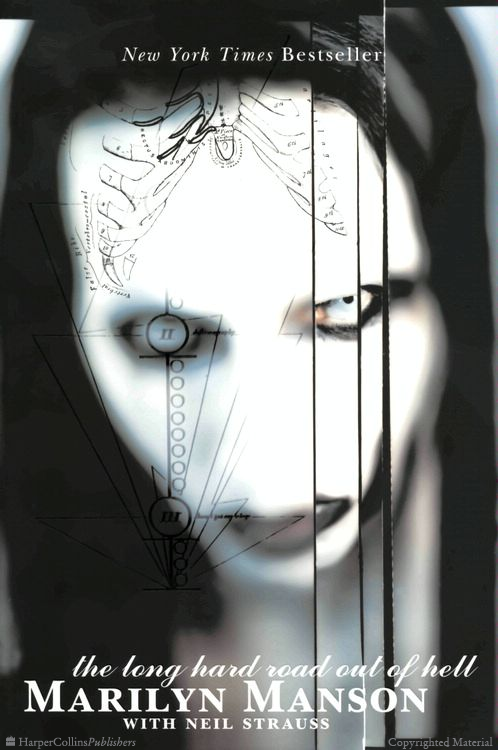 I was scared to death of Alice Cooper as a child, a man I thought was the devil himself. After putting on black leather and distorting his face with makeup, Alice Cooper would prance around the singing about hell and murder and all kinds of things that gave me nightmares. KISS fell into the same category; I assumed they were all in league with the devil, and I was afraid that by listening to them, I would be too.
I was scared to death of Alice Cooper as a child, a man I thought was the devil himself. After putting on black leather and distorting his face with makeup, Alice Cooper would prance around the singing about hell and murder and all kinds of things that gave me nightmares. KISS fell into the same category; I assumed they were all in league with the devil, and I was afraid that by listening to them, I would be too. 
